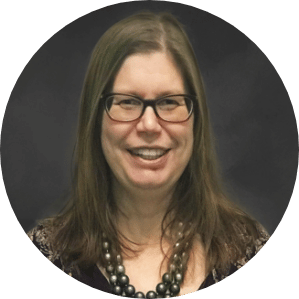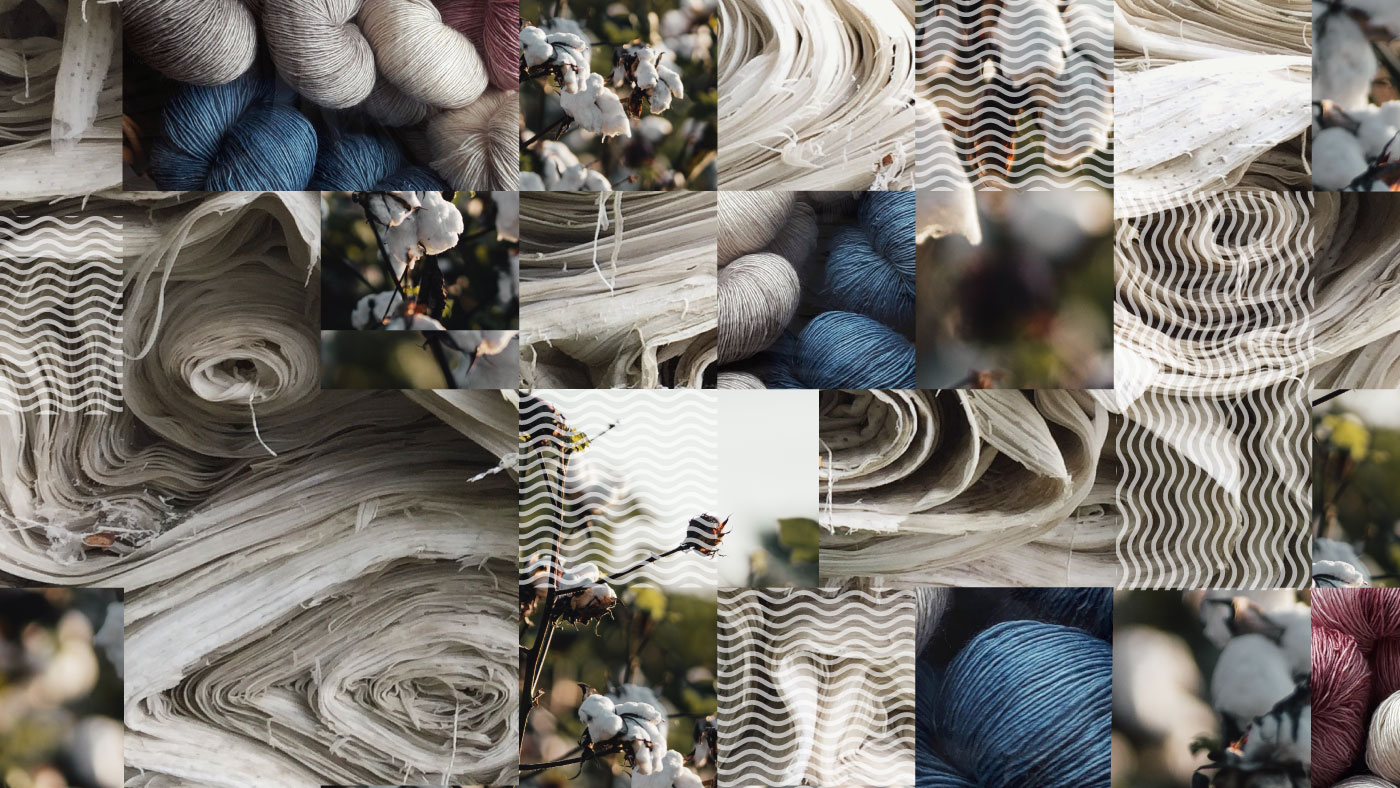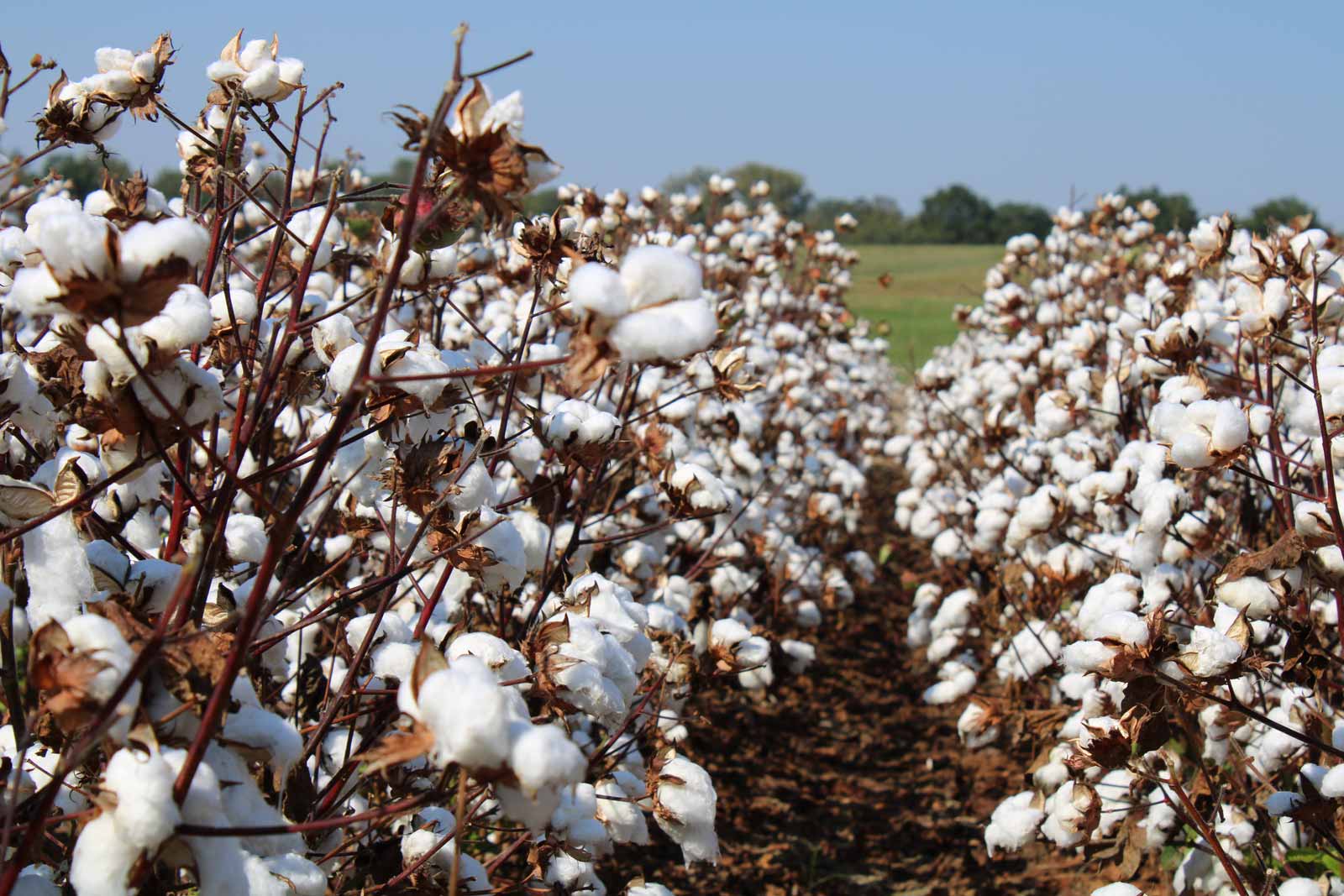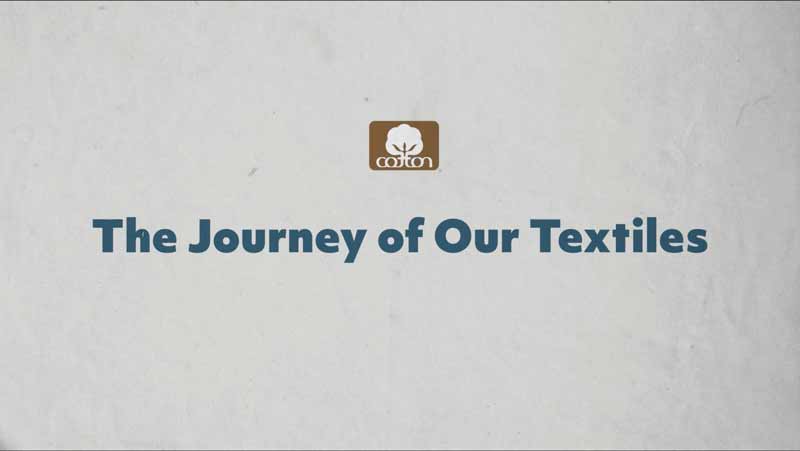One of the least talked about and most underrated tasks in sustainability is the development of sustainability standards. One outcome of making standards is a common language. When we talk about sustainability, everyone needs to have the same understanding of what it means. Standards also ensure that cotton producers, the textile industry, government, NGOs and consumers are all operating on the same page, and we, as an industry, are using agreed on measurements and validation to discourage greenwashing. Essentially, standards ensure that all stakeholders in an industry can discuss, measure and verify sustainability progress in the same way.
At Cotton Incorporated, we are heavily involved in driving the sustainability agenda for cotton, and, as part of that effort, we work with stakeholders around the world to discuss, develop and refine standards around producing cotton and cotton products sustainably. My role at Cotton Incorporated as the Director, Sustainability Standards Development, means that I work with organizations and stakeholders in many countries to develop test methods and guidance on how to evaluate sustainability. I spend a lot of time looking at proposed methods, coordinating among U.S. stakeholders and joining international discussions on standards.
Making sure that sustainability efforts are backed up by agreed upon ways of measuring is essential. One of these standardization efforts is to ensure there are product category rules for putting together our Life Cycle Assessments (LCAs). It’s all about taking the guesswork out of things, while at the same time making sure that users of LCA results aren’t weighed down with just a bunch of raw data and numbers. Instead, the rules outline what’s important and what’s not.
While we’ve been utilizing Life Cycle Assessments for more than ten years, there have been significant updates in methodologies over the past few years that we continue to incorporate. These changes have an enormous impact. As more people become aware of the science behind sustainability, we’re now able to get more in depth and be more specific about sustainability topics. Once we define things, we can actually get started on the hard work of making changes that have real-world impacts on the environment.
Cotton Incorporated participates on behalf of the U.S. in the International Organization for Standardization (ISO), and takes part in U.S. Technical Advisory Groups (TAGs). ISO does international standards for everything from agricultural equipment to textiles to sustainability topics like circular economy. I lead the U.S. TAG for the ISO Circular Economy technical committee, which has more than 95 countries involved. Additionally, Cotton Incorporated works with the American Association of Textile Chemists and Colorists and ASTM International, as well as regional groups. Often developments in regional groups such as in the EU (European Union) eventually are adopted as global standards, so staying abreast of more regional developments can be important. Finally, I work with industry groups like the Sustainable Apparel Coalition (SAC), which developed the Higg tools. The sheer multitude of organizations or trade groups interested in sustainable textiles underscores the need for common measurements and language.
In addition to coordinating between organizations, we also work to stay abreast of key legal and regulatory changes. While we are not involved in creating regulations, we do provide science-based research and technical input to educate policymakers. Recently, Cotton Incorporated has participated in the Apparel & Footwear Product Environmental Footprint (PEF) Technical Secretariat. PEF is expected to be a key part of the EU’s Substantiating Green Claims Initiative coming out in early 2023, which could have a substantial impact on labeling. The structure around regulations and sustainability claims offers a standard for consumers to receive clear and transparent information from brands or companies.
One of the challenging aspects of sustainability standards is the pace at which they are evolving. We’ve seen this most recently with changes in measurement around land and Greenhouse Gases (GHGs). As standards change, it’s important to stay up to date on the latest developments. Cotton Incorporated keeps pace with these changes because my role is dedicated to following these rapidly changing standards.
Similar to how we’ve seen more and more specific climate goals over the last few years, I think we’re going to see a similar approach of specific, actionable goals on other sustainability topics, like water use. Having detailed reports and hard numbers will allow us to see and measure progress. And that will also lead to more transparency and accountability.
One of the things we’re working on with SAC is improving the way cotton is assessed in the Higg Material Sustainability Index and how “cotton brands” like Better Cotton or the U.S. Cotton Trust Protocol fit in. With a deeper understanding behind what each label means, we can more clearly articulate the sustainability science behind it.
There are few cases in sustainability where you can make absolute statements – it’s one of the most complex areas you can work in – and sustainability standards frame the conversation. Our work starts at the beginning of cotton production, making sure that standards provide cotton growers with flexibility to account for varying climates, growing conditions and regional practices, which lets them achieve their goals however works best for them and the conditions of the land. Standards support the entire cotton supply chain as well, from textile manufacturers and retailers to nonwoven product production, by providing ways to assess impacts and measure improvements. Without standards, transparency that enables supply chains and consumers to make decisions would not be possible.
People throughout the cotton and textile industries continue to work hard to ensure we produce cotton and cotton products more responsibly. Researchers, growers, and textile producers all continue to make significant progress in sustainability. By working with others to develop sustainability standards we can agree upon and use to communicate, we make the jobs of everyone in the supply chain easier, so we can move forward together. To learn more about my role at Cotton Incorporated, as well as meet the rest of our sustainability experts, go to Cotton Today.




